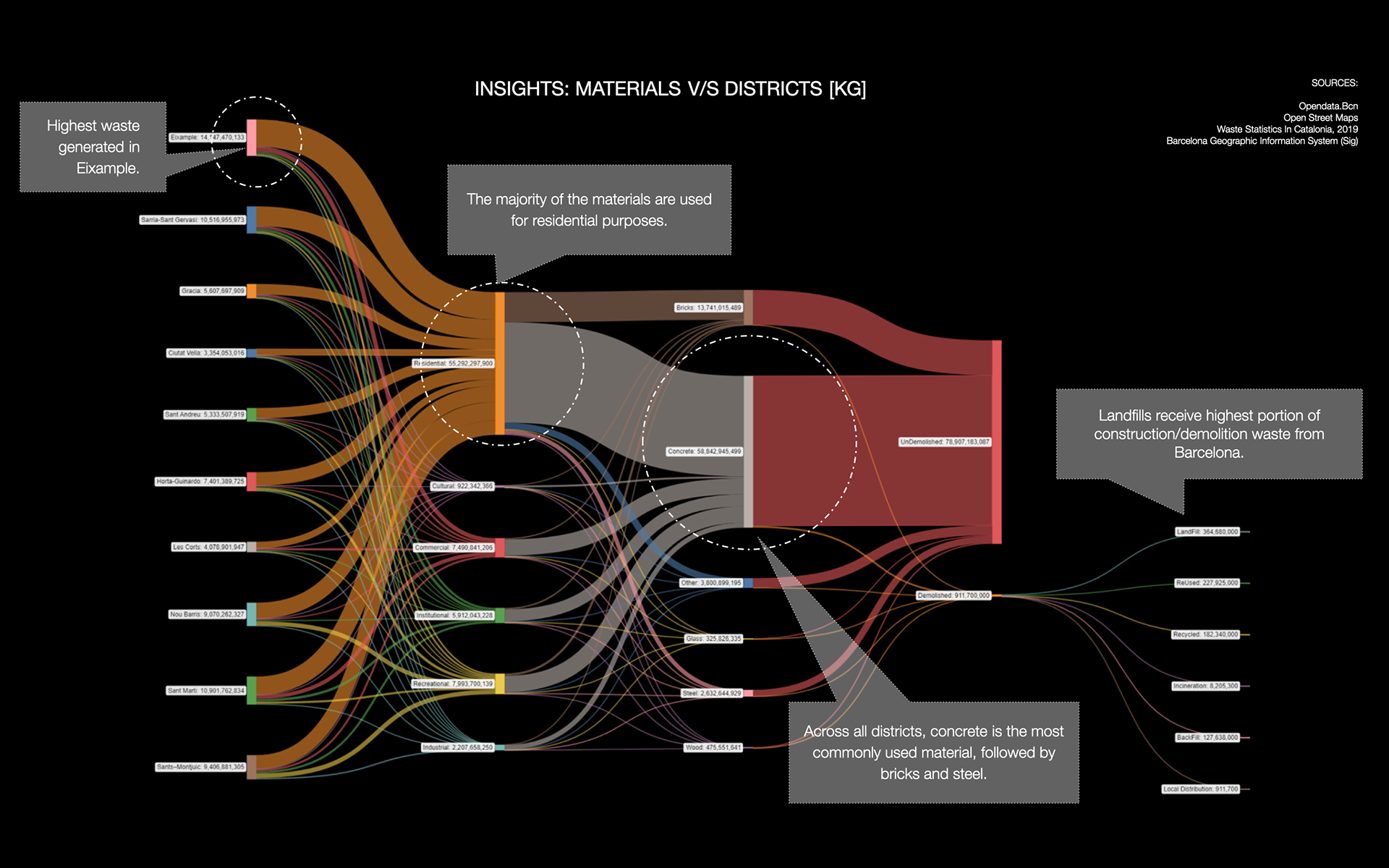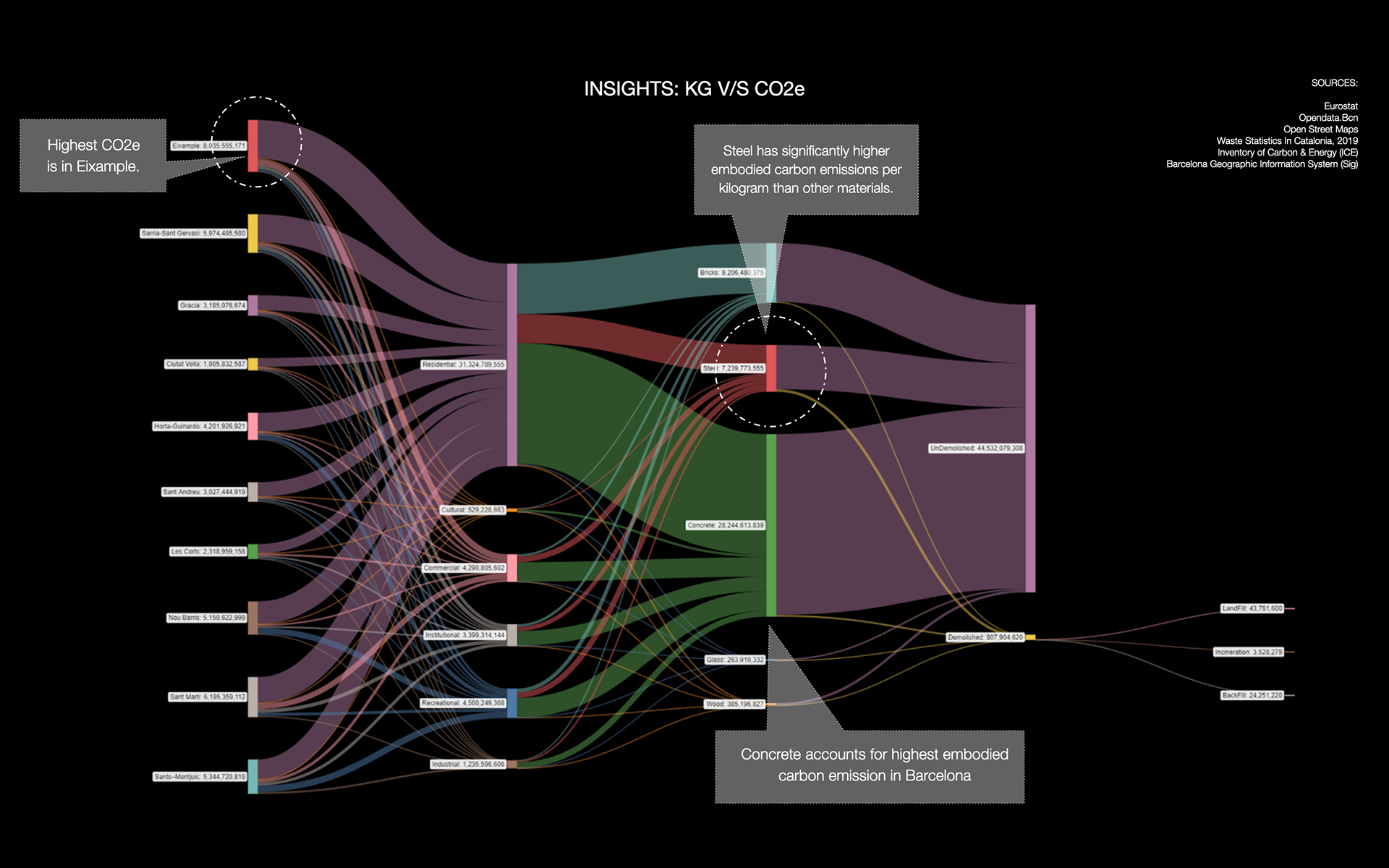Year: 2023
Project type: 3 ECTS Seminar
Location: Barcelona, Spain
Faculty: Nico Schouten
Faculty Assistants: Mink Rohme, Gabriele Jureviciute
Students: Andrea Najera, Can Xu, Cansu Kilinc, Emily Jane Rackstraw, Enlin Guo, Gayatri Agrawal, Joseph Bou Saleh, Kriti Bhavesh Nirmal, L'emir Karim Abillama, Libish Murugesan, Maria Magkavali Trikka, Maria Augusta Do Amaral Kroetz, Muhammad Taimur Mian, Parshav Sheth, Pragati Vasant Patilkulkarni, Pushkar Runwal, Sabina Javanli, Vishakha Darshan Pathak, Weihao Yin, Yeo Jeong Kim, Yohan Wadia, Yue Wu
Project type: 3 ECTS Seminar
Location: Barcelona, Spain
Faculty: Nico Schouten
Faculty Assistants: Mink Rohme, Gabriele Jureviciute
Students: Andrea Najera, Can Xu, Cansu Kilinc, Emily Jane Rackstraw, Enlin Guo, Gayatri Agrawal, Joseph Bou Saleh, Kriti Bhavesh Nirmal, L'emir Karim Abillama, Libish Murugesan, Maria Magkavali Trikka, Maria Augusta Do Amaral Kroetz, Muhammad Taimur Mian, Parshav Sheth, Pragati Vasant Patilkulkarni, Pushkar Runwal, Sabina Javanli, Vishakha Darshan Pathak, Weihao Yin, Yeo Jeong Kim, Yohan Wadia, Yue Wu



Cities are our future. They drive the global economy and serve as centers of creativity, diversity, and interaction — and they are home to the majority of the world’s population. Although cities cover only 3% of the Earth’s surface, they consume 75% of global natural resources, making them critical arenas for addressing pressing environmental and social challenges.
A significant portion of cities’ environmental impact can be attributed to the built environment. Roughly 40% of all carbon emissions are related to this sector. Of these, about 10% are due to embodied carbon, while 30% result from energy consumption.
Growing urban regions and evolving consumption patterns — combined with an extractive, wasteful economy — generate numerous environmental issues both within and beyond human settlements. At the root of these challenges lies our linear economy: a model fundamentally disconnected from the natural ecosystems that sustain happy, healthy, and sustainable lives.
So, how might cities grow without exceeding planetary boundaries while equitably and justly distributing resources among all inhabitants? We must transform our economy — and a key part of that transformation involves radically rethinking how we design our habitats across all scales.
This course focuses on two types of analysis essential to addressing environmental challenges:
Material Flow Analysis (MFA): This involves mapping the resource flows into and out of a region, city, or neighborhood. MFAs help identify environmental hotspots where high-impact solutions can be designed. The analysis focuses on all the energy, food, water, building materials, and consumer goods entering the city on an annual basis.
Systems Mapping: This approach helps uncover root causes and leverage points for change by analyzing the more intangible forces that shape our societies. The course introduces various frameworks, tools, and methodologies to guide sustainable transformation and avoid unintended consequences or burden shifting. One such framework is the ‘7 Pillars of the Circular Economy’, widely used by companies and cities around the world. Students use it as a holistic tool to assess trade-offs and understand the net positive impact of their design decisions and solutions.
more information coming soon ...